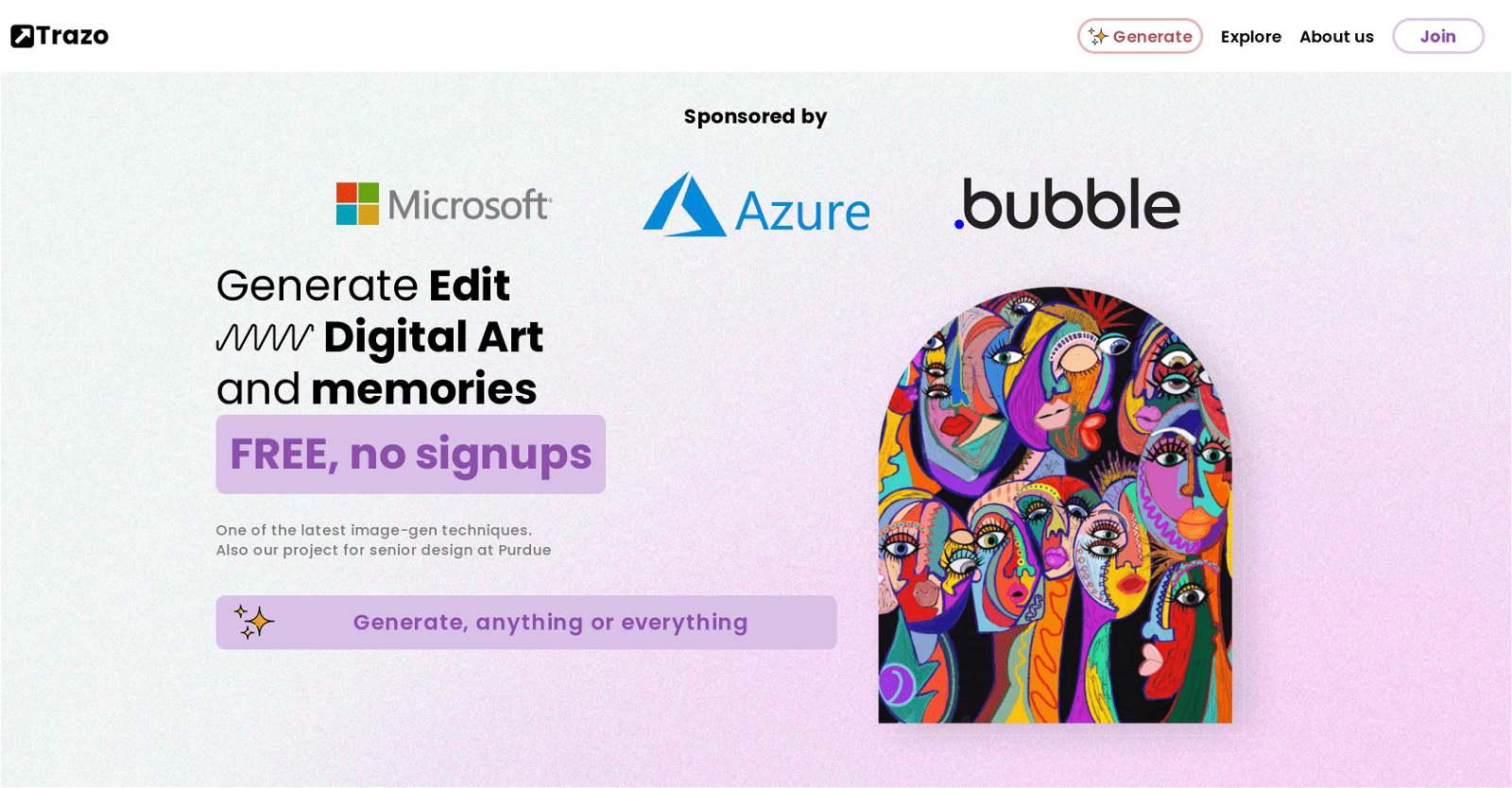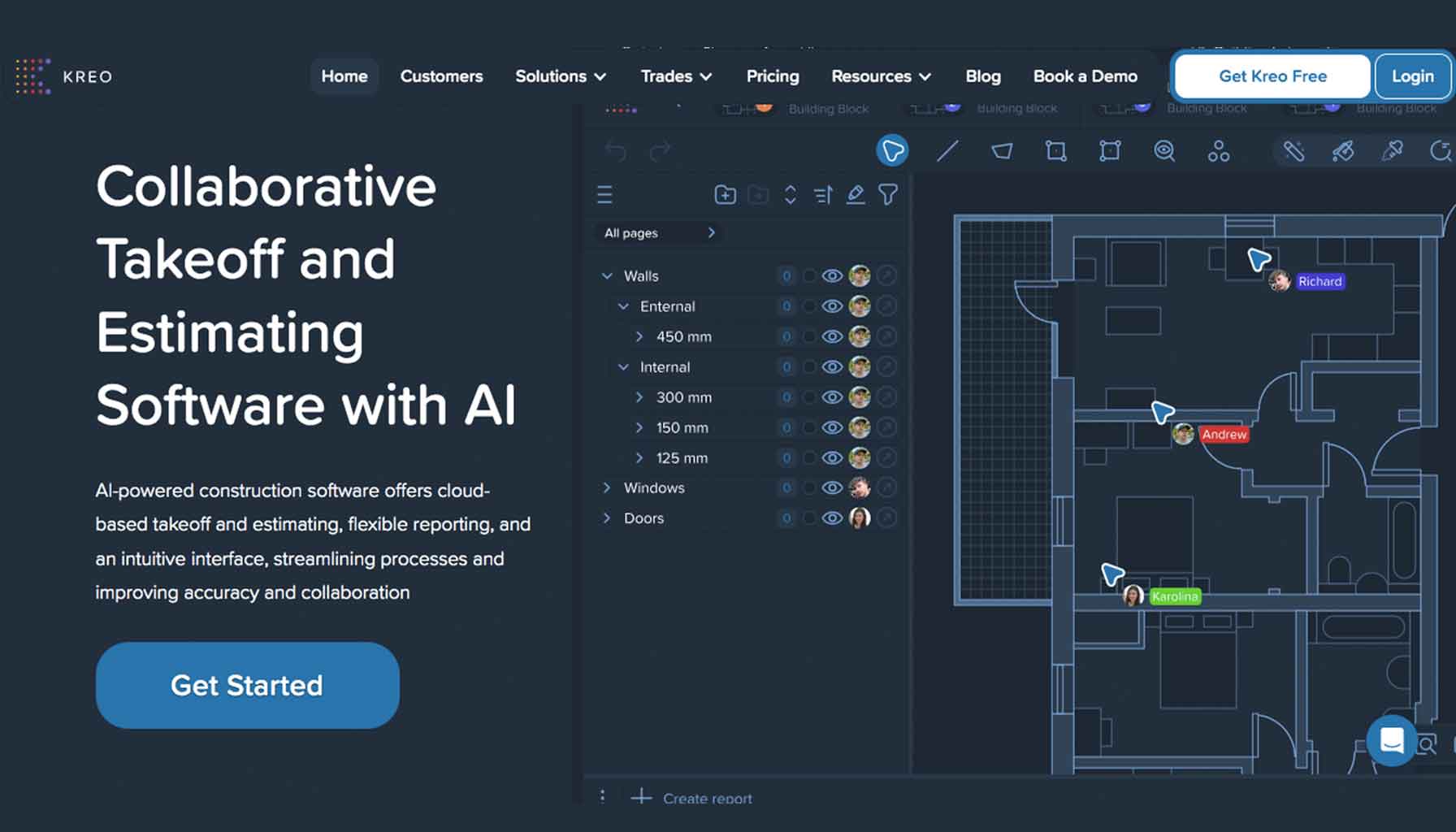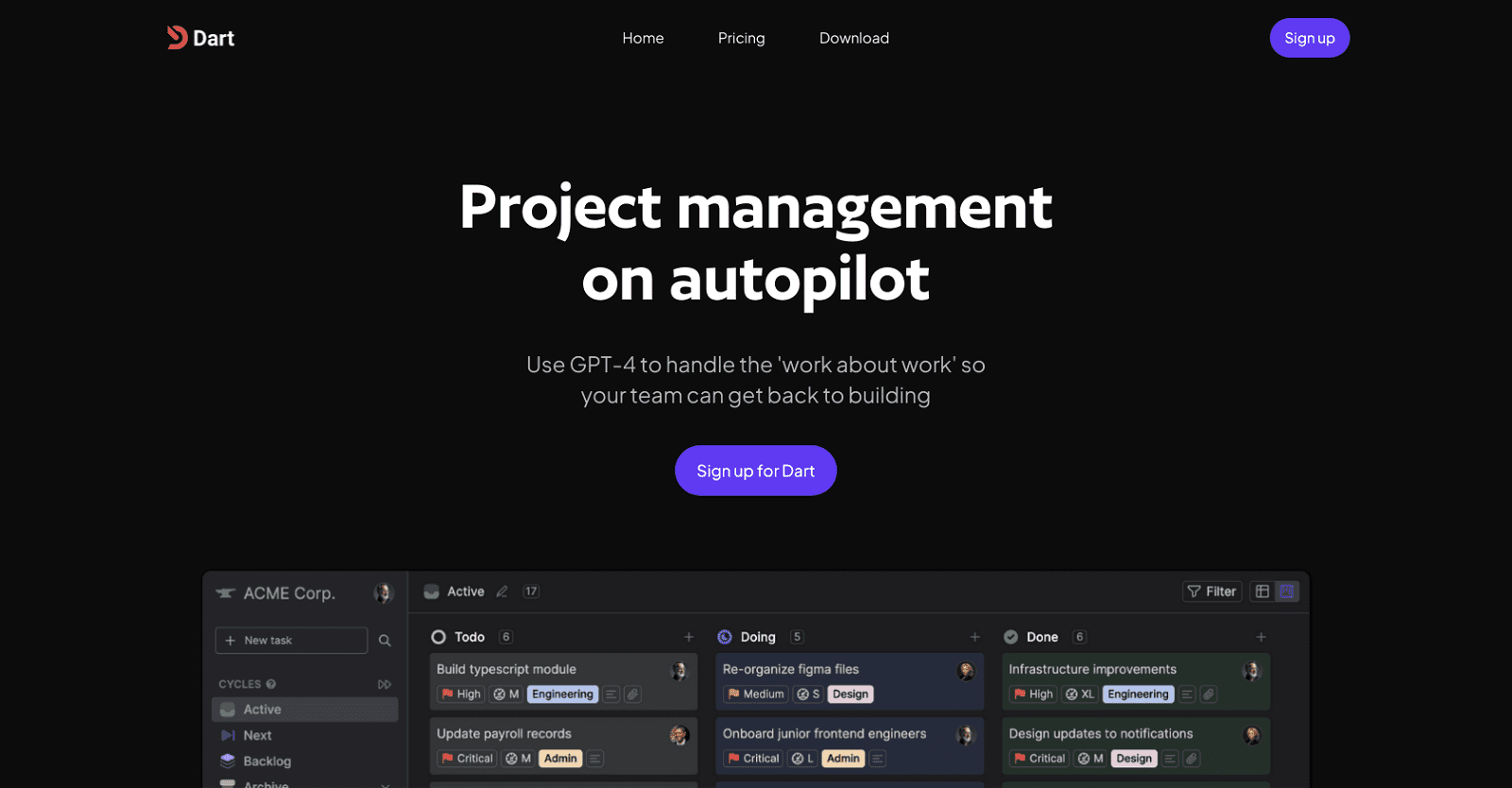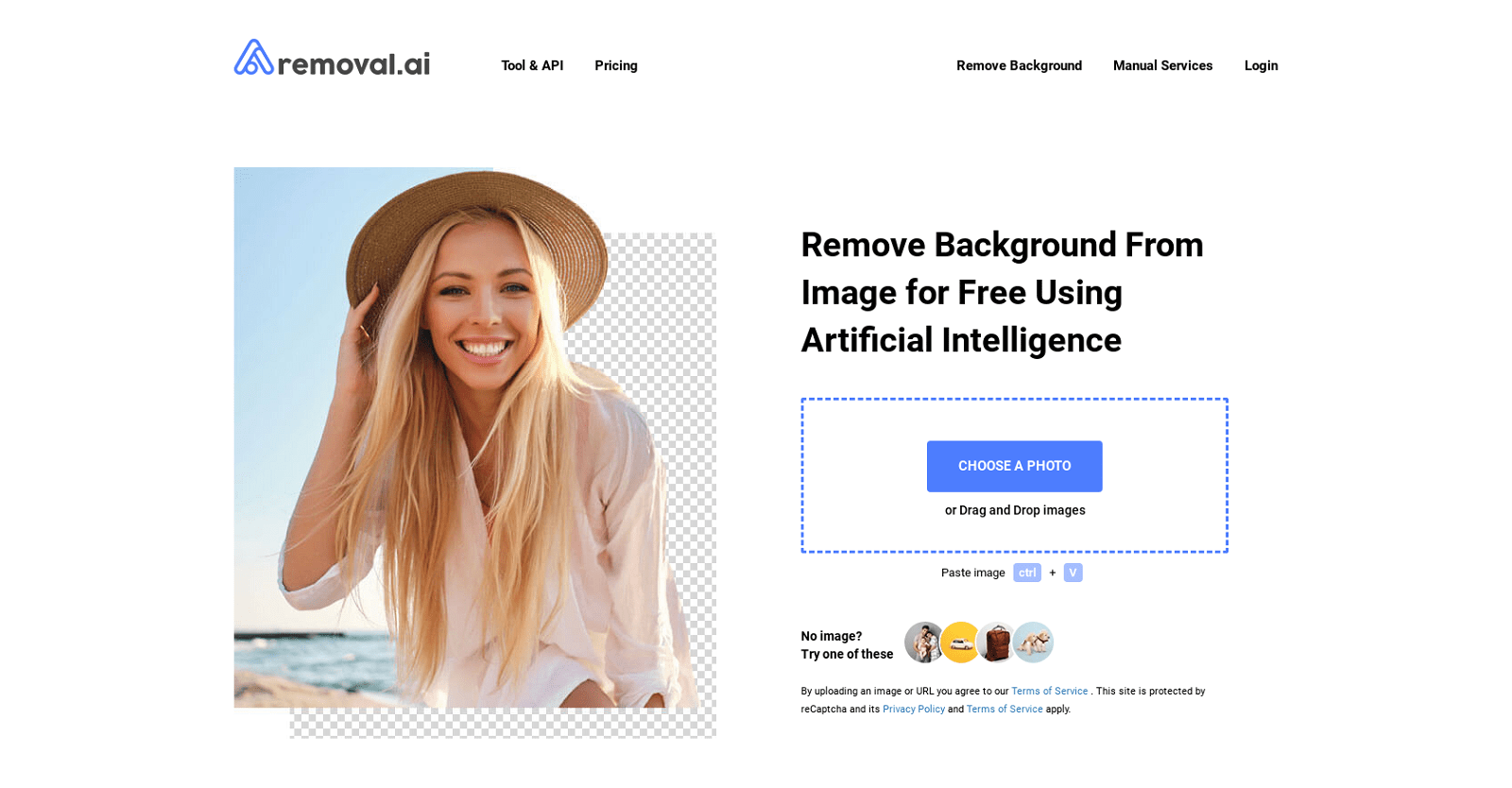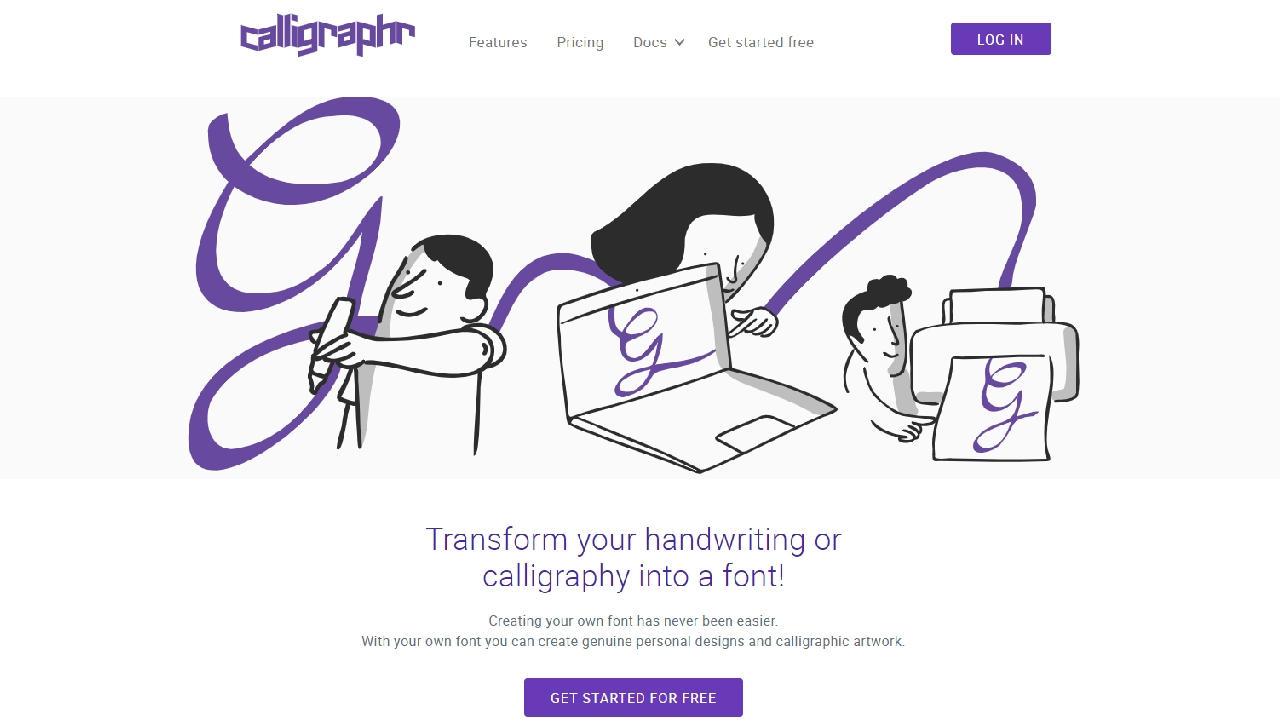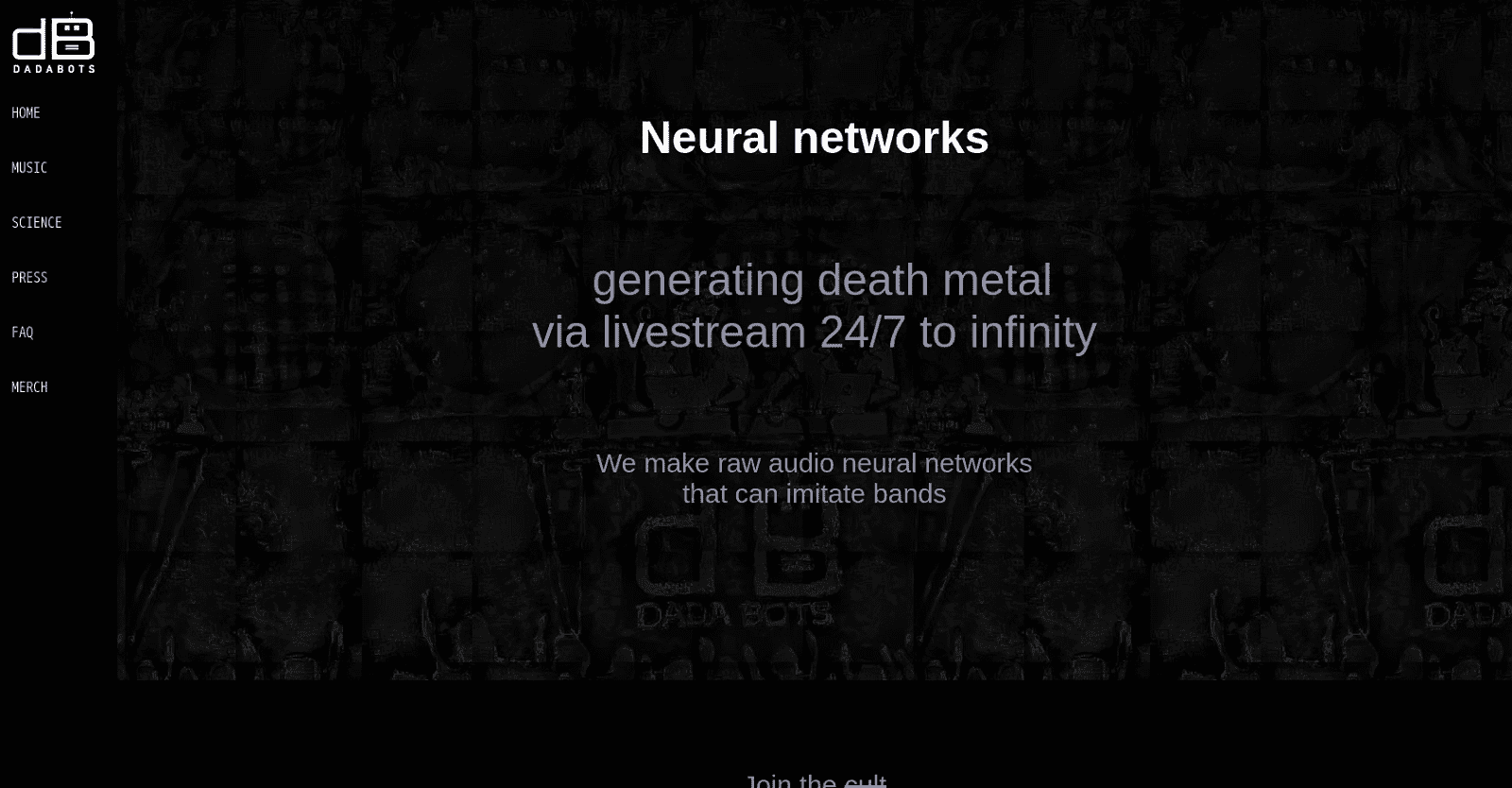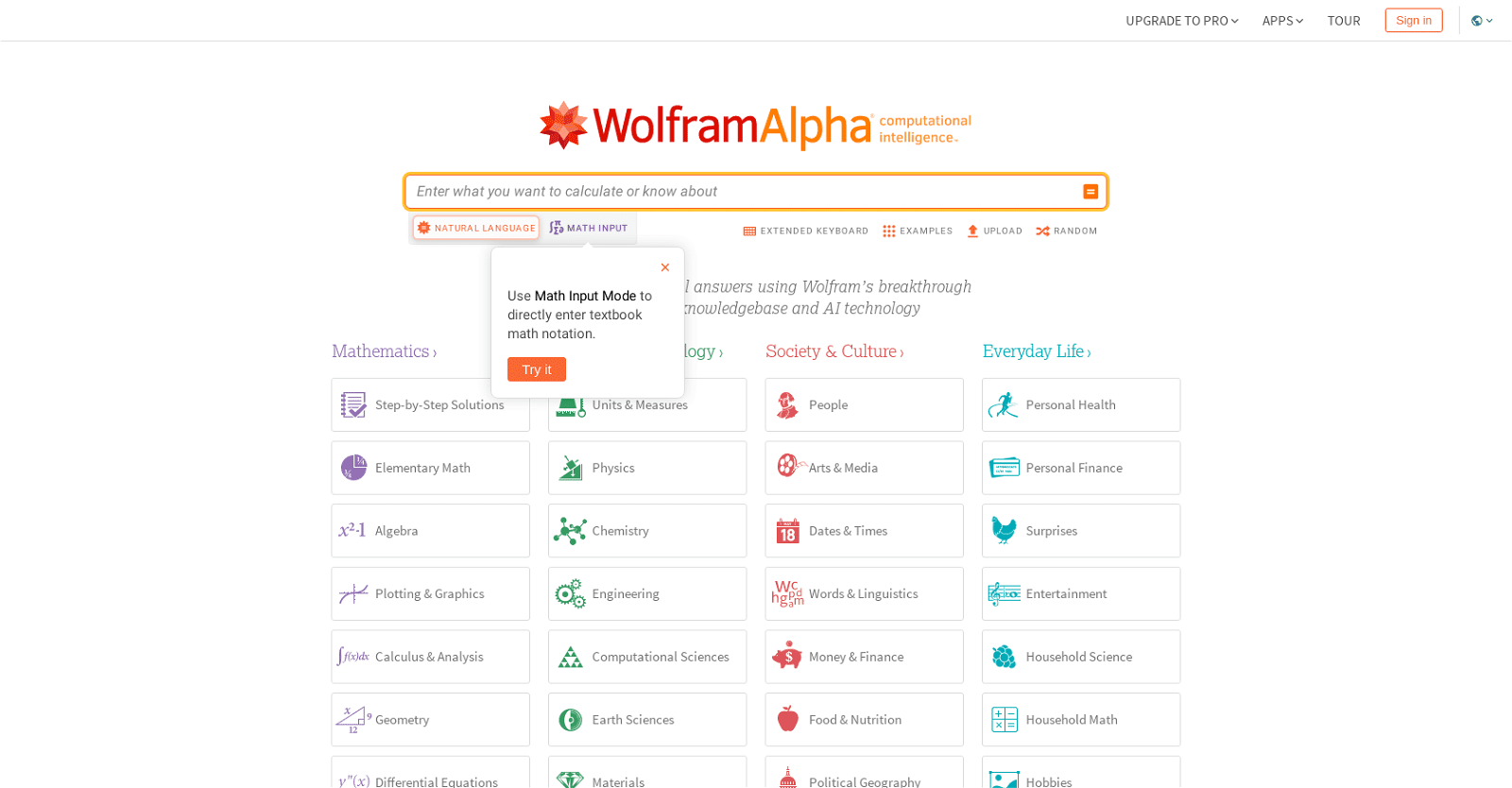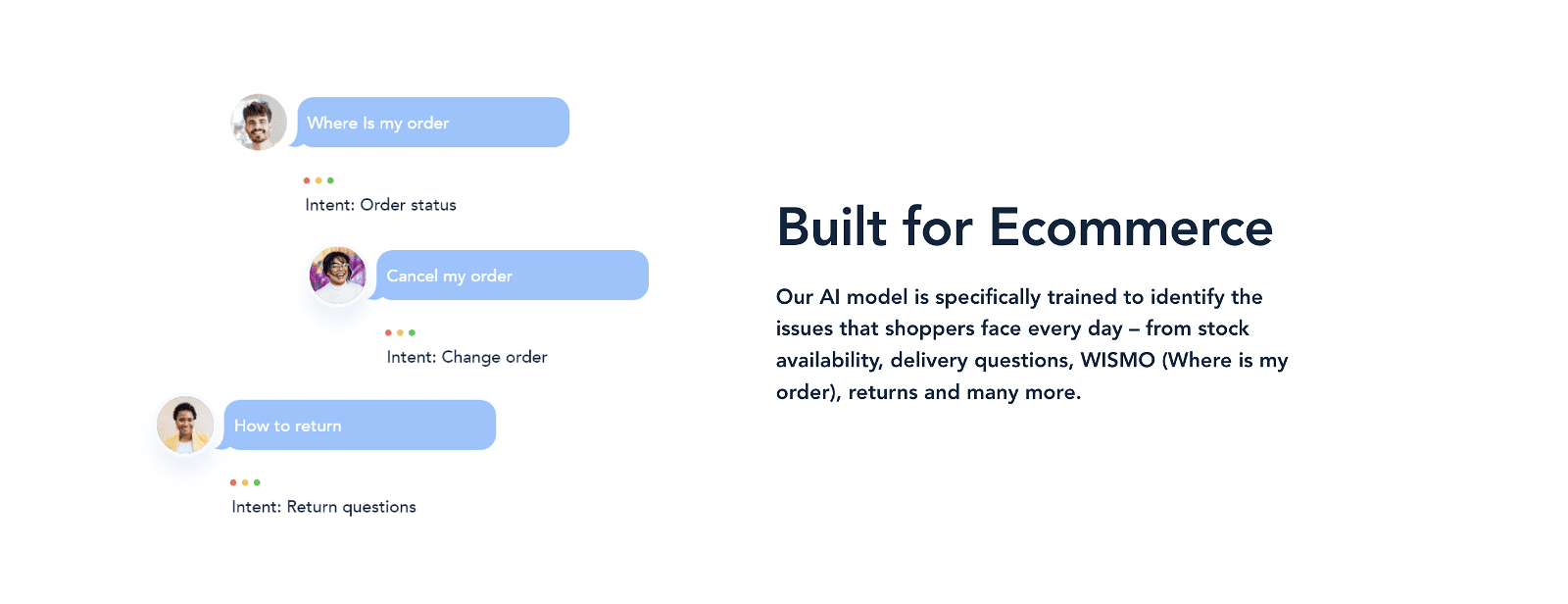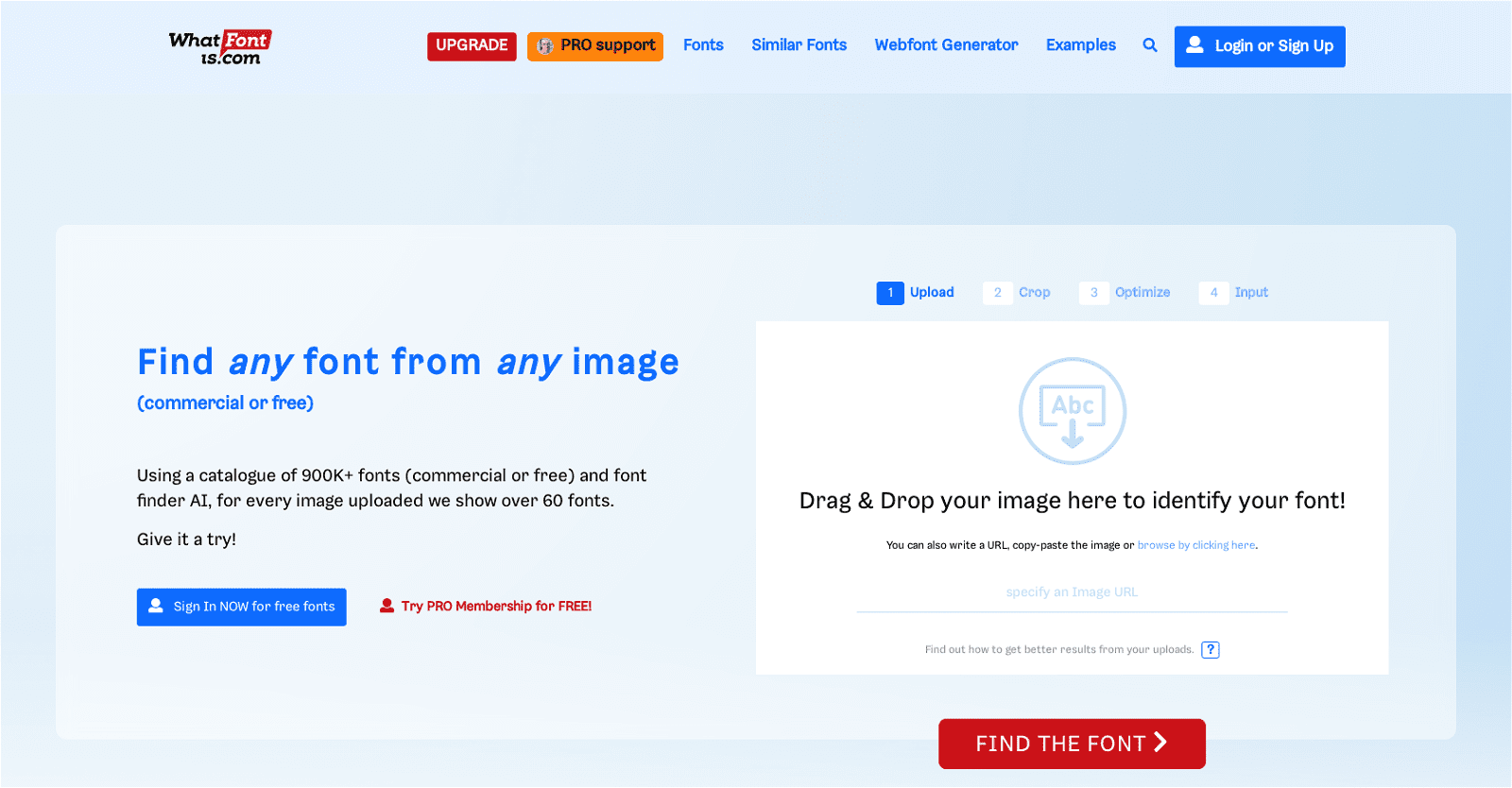TrazoPage is a versatile open-source platform designed to empower both artists and non-artists in creating high-quality artwork in the digital realm. With a diverse set of tools, it facilitates the creative process, allowing users to unleash their creativity regardless of their technical expertise.
As an open-source platform, TrazoPage encourages contributions from developers worldwide, expanding its toolkit and enhancing the creative potential available to its users.
Supporting a wide range of artistic styles, TrazoPage provides users with the opportunity to experiment and produce unique pieces of art. Additionally, the platform prioritizes ease of use, ensuring that the focus remains on artistic creation while seamlessly integrating technology in the background.
More details about Trazo
How is TrazoPage different from other digital art platforms?
While TrazoPage’s website doesn’t detail specific differences, its emphasis on empowering creativity for users of all technical abilities, its open-source model welcoming contributions from global developers, and its dedication to seamlessly integrating technology and art hint at a unique approach compared to other digital art platforms.
What kind of artistic styles does TrazoPage support?
TrazoPage boasts support for a wide array of artistic styles, although the website doesn’t explicitly outline them. This suggests that the platform is adaptable and versatile, enabling users to experiment and create art in numerous different styles.
Can TrazoPage be used for professional digital art creation?
Yes, TrazoPage can be used for professional digital art creation. The platform offers high-quality art creation tools that professional artists can utilize to generate visually appealing works of art.
How can I contribute as a developer to TrazoPage’s toolkit?
Although the website does not provide specific instructions for contributing as a developer to TrazoPage’s toolkit, being an open-source platform generally involves accessing the source code, making improvements or adding new features, and submitting those changes for inclusion in future versions of the platform.
